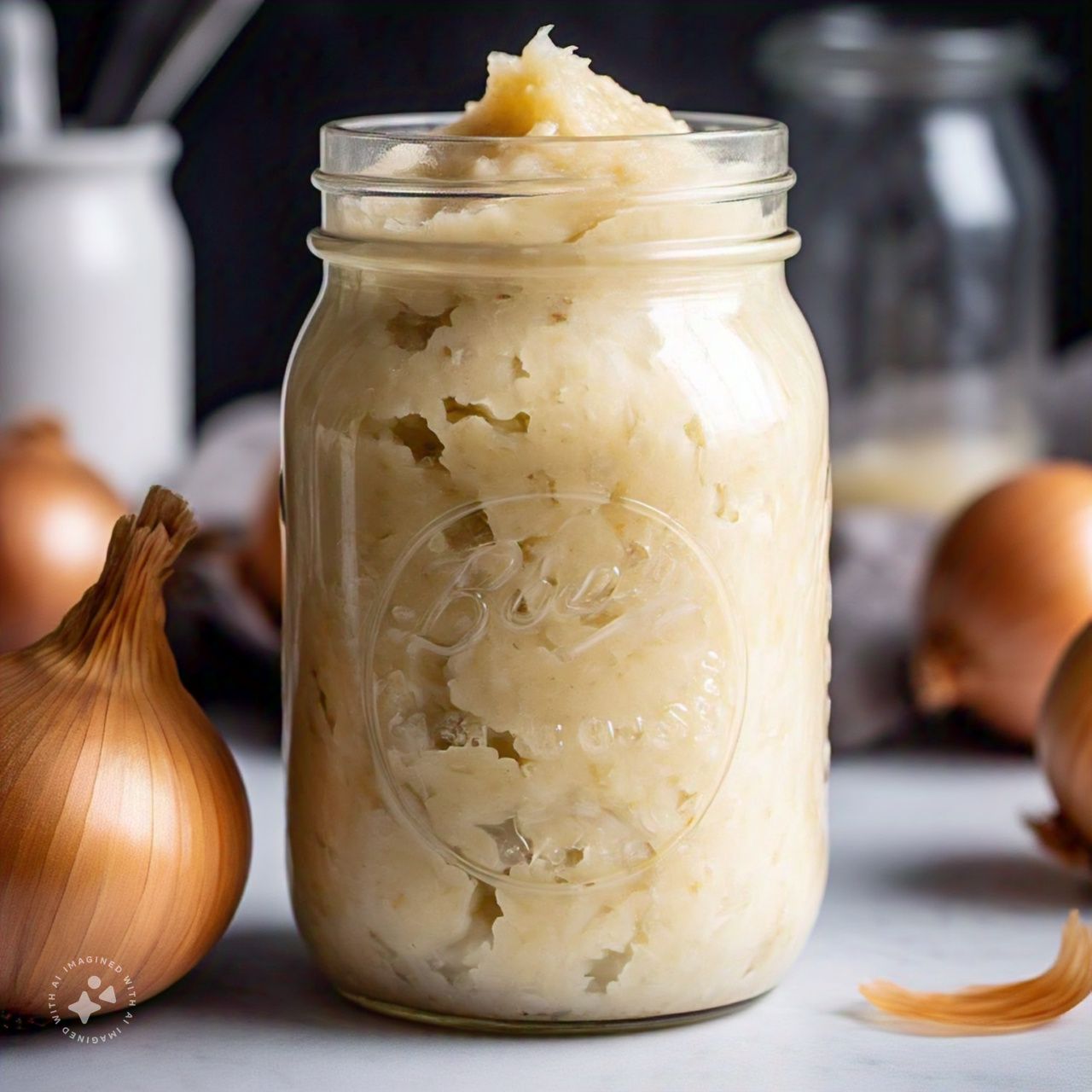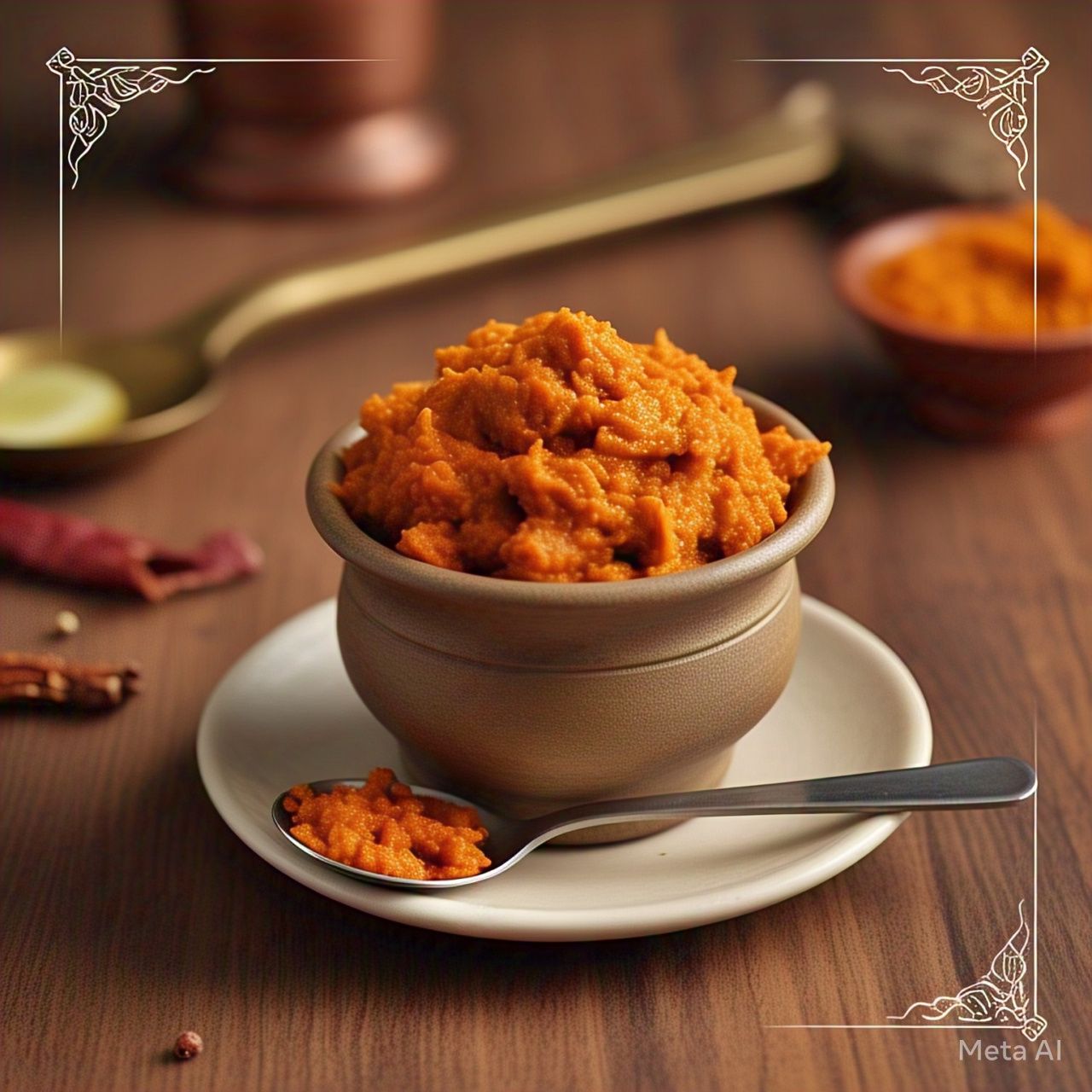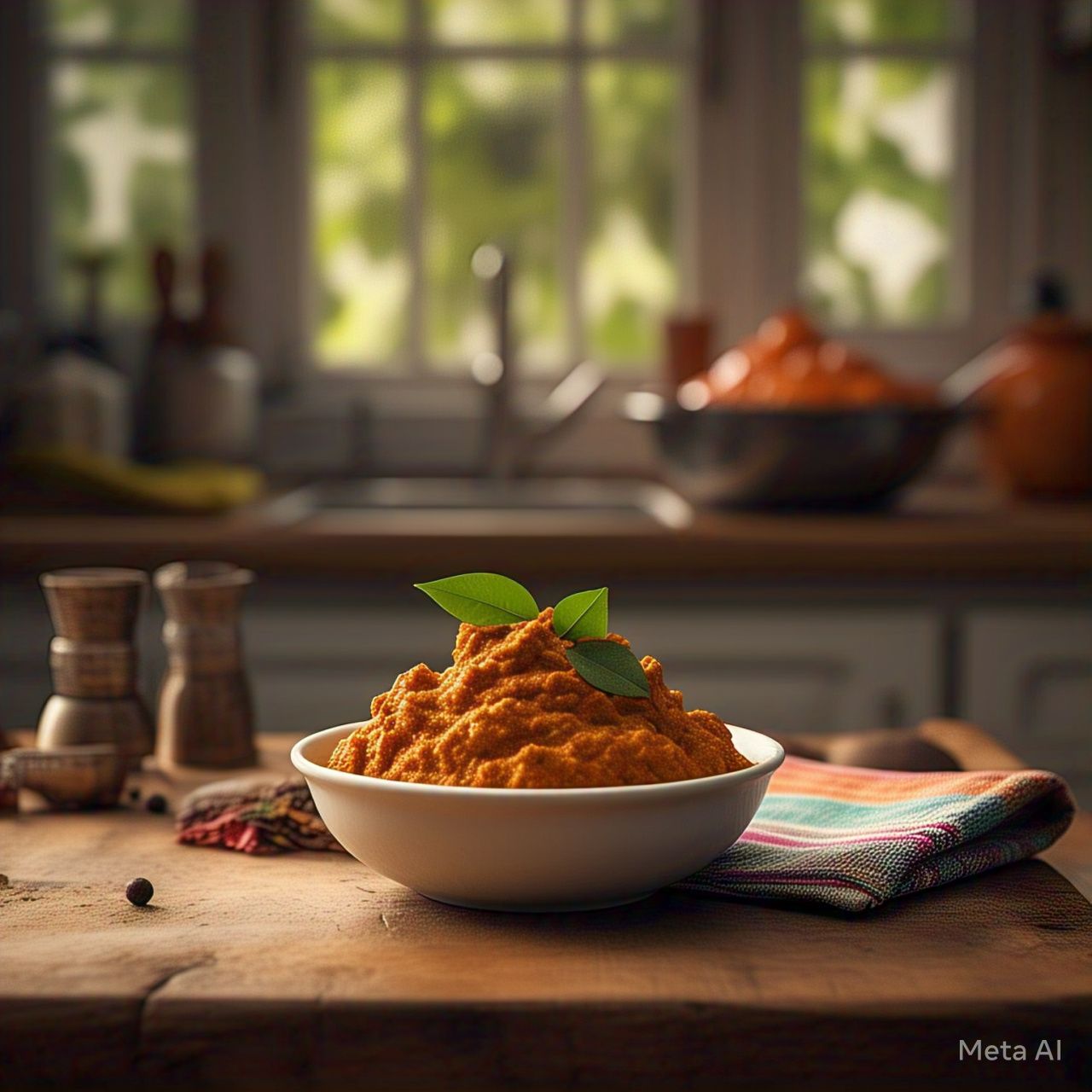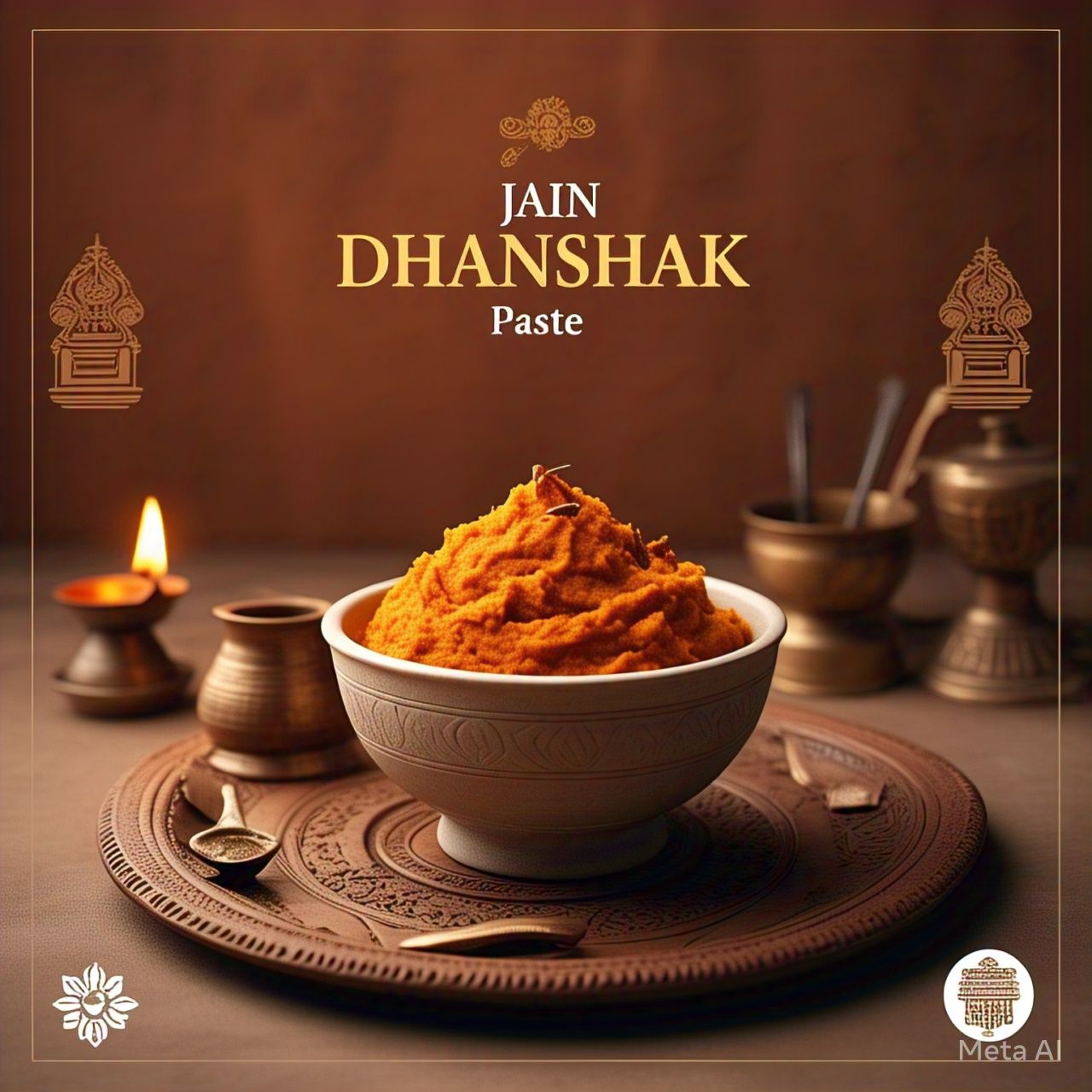Onion paste is a versatile ingredient made by blending onions into a smooth or coarse texture, often with added water or oil. It serves as a foundational element in many cuisines, particularly in Indian, Middle Eastern, and Asian recipes. By integrating this single ingredient, you can enhance the depth and flavor of a variety of dishes.
Benefits of Onion Paste
Nutritional Advantages
Onions are rich in vitamins C and B6, manganese, and antioxidants like quercetin. Using onion paste can:
-
Boost immunity.
-
Improve digestion.
-
Provide anti-inflammatory properties.
Time-Saving Convenience
-
Pre-made onion paste reduces prep time for recipes.
-
It stores well for future use, making cooking efficient.
Flavor Enhancement
-
Adds depth to gravies, soups, and curries.
-
Balances sweet, savory, and umami flavors in dishes.
How to Make Onion Paste
Ingredients:
-
3 large onions.
-
1 tablespoon of oil (optional).
-
2-3 tablespoons of water (optional).
Instructions:
-
Peel and chop onions into chunks.
-
Blend them into a paste, adding water or oil as needed.
-
Store in an airtight container in the refrigerator for up to a week or freeze for longer storage.
Common Uses of Onion Paste in Cooking
Curries and Gravies
Onion paste forms the base of popular curries like:
-
Vegetable korma: Adds a creamy texture.
-
Paneer tikka masala: Enhances the savory base.
Marinades
-
Mix onion paste with spices for flavorful marinades for tofu, paneer, or vegetables.
Soups and Stews
-
Incorporate into soups like lentil or potato soup for a rich and aromatic profile.
Sauces
-
Use in dips or chutneys for an added depth of flavor.
Cooking Tips for Onion Paste
Best Practices
-
Always cook onion paste on medium heat to avoid bitterness.
-
Add garlic, ginger, or spices like cumin to enhance its flavor.
-
Use fresh onions for the best results.
Storage Tips
-
Freeze onion paste in ice cube trays for portioned usage.
-
Label containers with the date for easy tracking.
Comparisons: Fresh Onions vs. Onion Paste
Fresh Onions
-
Advantages: Crunchy texture, versatile in raw and cooked dishes.
-
Disadvantages: Requires more prep time.
Onion Paste
-
Advantages: Ready to use, ideal for gravies and soups.
-
Disadvantages: Lacks texture for salads or stir-fries.
Seasonal and Holiday Favorites with Onion Paste
Winter Recipes
-
Hot lentil soups with onion paste.
-
Creamy pumpkin curry with spiced onion paste.
Summer Recipes
-
Chilled cucumber and onion dip.
-
Light tomato and onion-based pasta sauce.
Holiday Recipes
-
Festive biryanis with onion paste.
-
Onion-based stuffing for bell peppers or squash.
Impact of Food Waste on the Environment
Reducing onion waste can significantly impact the environment:
-
Onion peel waste can be composted.
-
Using overripe or leftover onions for paste prevents food waste.
-
Reduces methane emissions in landfills.
By adopting sustainable practices like making onion paste, you contribute to a greener planet.
FAQs About Onion Paste
1. Can onion paste be frozen?
Yes, onion paste freezes well. Store it in ice cube trays or small containers for easy use.
2. How do I remove the bitterness from onion paste?
Cook the paste thoroughly on medium heat and add a pinch of sugar or salt.
3. What type of onion is best for onion paste?
Yellow and red onions are ideal for a rich, flavorful paste.
News and Information: Trends in Onion Paste Usage
-
Rising Popularity: With busy lifestyles, pre-made onion paste is becoming a staple in households.
-
Sustainability: Many brands now use eco-friendly packaging for onion paste.
Conclusion: Why Incorporate Onion Paste into Your Cooking?
Onion paste is a simple yet powerful ingredient that enhances flavors, saves time, and promotes sustainability. Whether you’re making a quick weeknight curry or preparing a festive dish, onion paste is your go-to solution for delicious and efficient cooking.





Share:
Masala Soda Mix: A Refreshing Twist to Your Beverage Collection
Ghee Roast Masala: A Flavorful Blend of Tradition and Taste